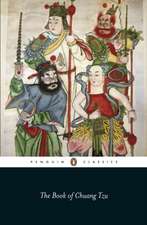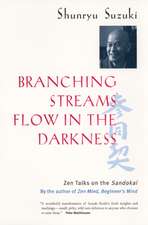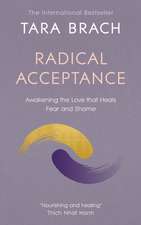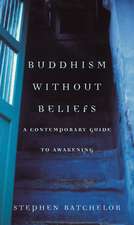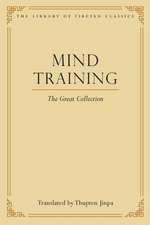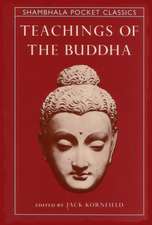Buddhas and Kami in Japan: Honji Suijaku as a Combinatory Paradigm
Editat de Fabio Rambelli, Mark Teeuwenen Limba Engleză Paperback – 9 dec 2015
| Toate formatele și edițiile | Preț | Express |
|---|---|---|
| Paperback (1) | 447.05 lei 43-57 zile | |
| Taylor & Francis – 9 dec 2015 | 447.05 lei 43-57 zile | |
| Hardback (1) | 1012.10 lei 43-57 zile | |
| Taylor & Francis – 28 noi 2002 | 1012.10 lei 43-57 zile |
Preț: 447.05 lei
Nou
Puncte Express: 671
Preț estimativ în valută:
85.57€ • 92.98$ • 71.93£
85.57€ • 92.98$ • 71.93£
Carte tipărită la comandă
Livrare economică 21 aprilie-05 mai
Preluare comenzi: 021 569.72.76
Specificații
ISBN-13: 9781138965164
ISBN-10: 1138965162
Pagini: 384
Dimensiuni: 156 x 234 x 20 mm
Greutate: 0.71 kg
Ediția:1
Editura: Taylor & Francis
Colecția Routledge
Locul publicării:Oxford, United Kingdom
ISBN-10: 1138965162
Pagini: 384
Dimensiuni: 156 x 234 x 20 mm
Greutate: 0.71 kg
Ediția:1
Editura: Taylor & Francis
Colecția Routledge
Locul publicării:Oxford, United Kingdom
Public țintă
Postgraduate and UndergraduateNotă biografică
Mark Teeuwen teaches at the University of Oslo, Norway. He specialises in the history of Shinto.
Fabio Ramballi teaches at Sapporo University, Japan. He specialises in the history of Buddhism, particularly Esoteric Buddhism in Japan.
Fabio Ramballi teaches at Sapporo University, Japan. He specialises in the history of Buddhism, particularly Esoteric Buddhism in Japan.
Cuprins
Contributors Preface 1. Introduction: Combinatory religion and the honji suijaku paradigm in pre-modern Japan Mark Teeuwen and Fabio Rambelli 2. From thunder child to Dharma protector: Dojo hoshi and the Buddhist appropriation of Japanese local deities Irene Lin 3. The source of oracular speech: absense? presence? or plain treachery? The case of Hachiman Usa-gú gotakusenshú Allan Grapard 4. Wrathful Deities and saving deities Sato Hiroo 5. The creation of a honji suijaku deity: Amaterasu as the Judge of the Dead Mark Teeuwen 6. Honji suijaku and the logic of combinatory images: Two case studies Iyanaga Nobumi 7. Honji suijaku and the development of etymological allegoresis as an interpretive method in medieval commentaries Susan Blakeley/Klein 8. 'Both parts' or 'only one'? Challenges to the honji suijaku paradigm in the Edo period Bernhard Scheid 9. Hokke Shinto: Kami in the Nichiren tradition Lucia Dolce 10. Honji suijaku at work: Religion, economics, and ideology in pre-modern Japan Fabio Rambelli 11. The interaction between Buddhist and Shinto traditions at Suwa Shrine Inoue Takami 12. Dancing the doctrine: Honji suijaku thought in kagura performances Irit Averbuch Notes Bibliography Index
Descriere
This volume offers a multidisciplinary approach to the combinatory tradition that dominated premodern and early modern Japanese religion, known as honji suijaku (originals and their traces).


